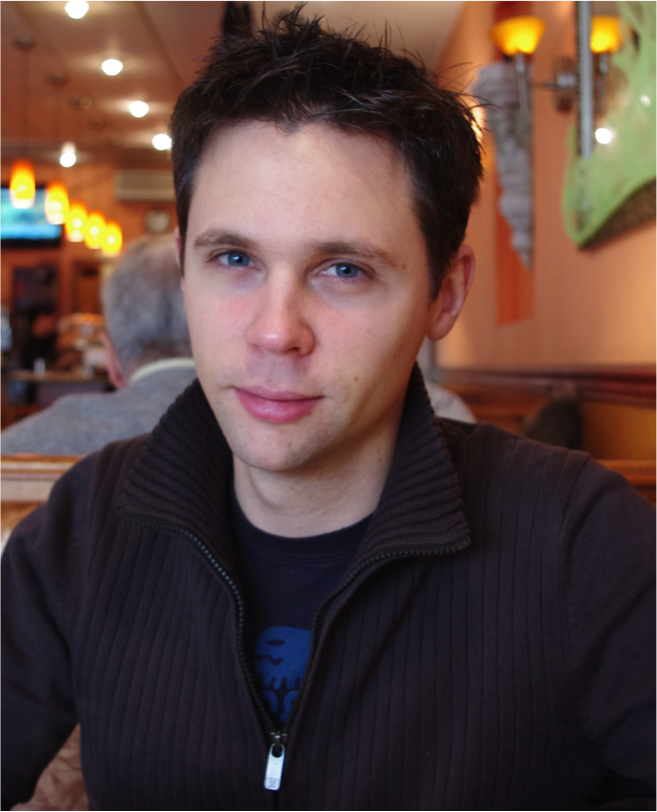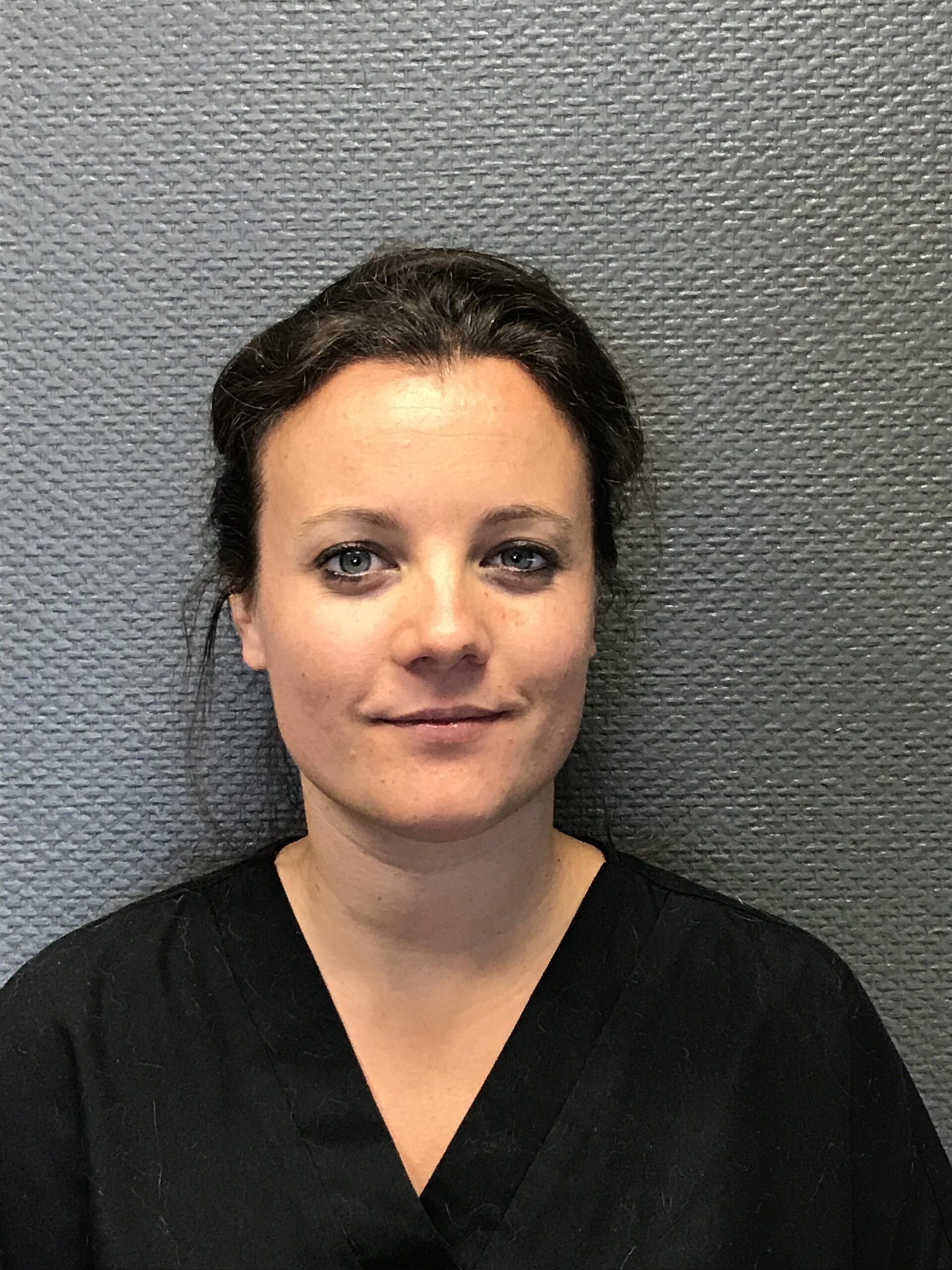PLAN DE L’ARTICLE
MÉCANISMES PHYSIOLOGIQUES DE LA CICATRISATION OSSEUSE
Cicatrisation osseuse : première ou seconde intention ?
Cicatrisation osseuse par seconde intention
Figure 1 – Les différentes phases de la cicatrisation osseuse normale
Cicatrisation osseuse par première intention
Conditions nécessaires à la cicatrisation osseuse
SUIVI RADIOGRAPHIQUE NORMAL DE LA CICATRISATION OSSEUSE PAR SECONDE INTENTION
Tableau 1 – Les différentes phases de la cicatrisation osseuse et ses signes radiographiques
TROUBLES DE LA CICATRISATION OSSEUSE
Retard de la cicatrisation osseuse
Montage d’ostéosynthèse inapproprié
Type de fracture
Comportement de l’animal et des propriétaires
Présence d’une maladie intercurrente
Figure 2 – Exemple de maladies intercurrentes qui peuvent ralentir la cicatrisation osseuse
Non union atrophique
Non union hypertrophique et pseudarthrose
Mauvais alignement et déformation
Séquestre osseux
Ostéomyélite
CONCLUSION
Cet article est illustré par 11 photos de radiographie



